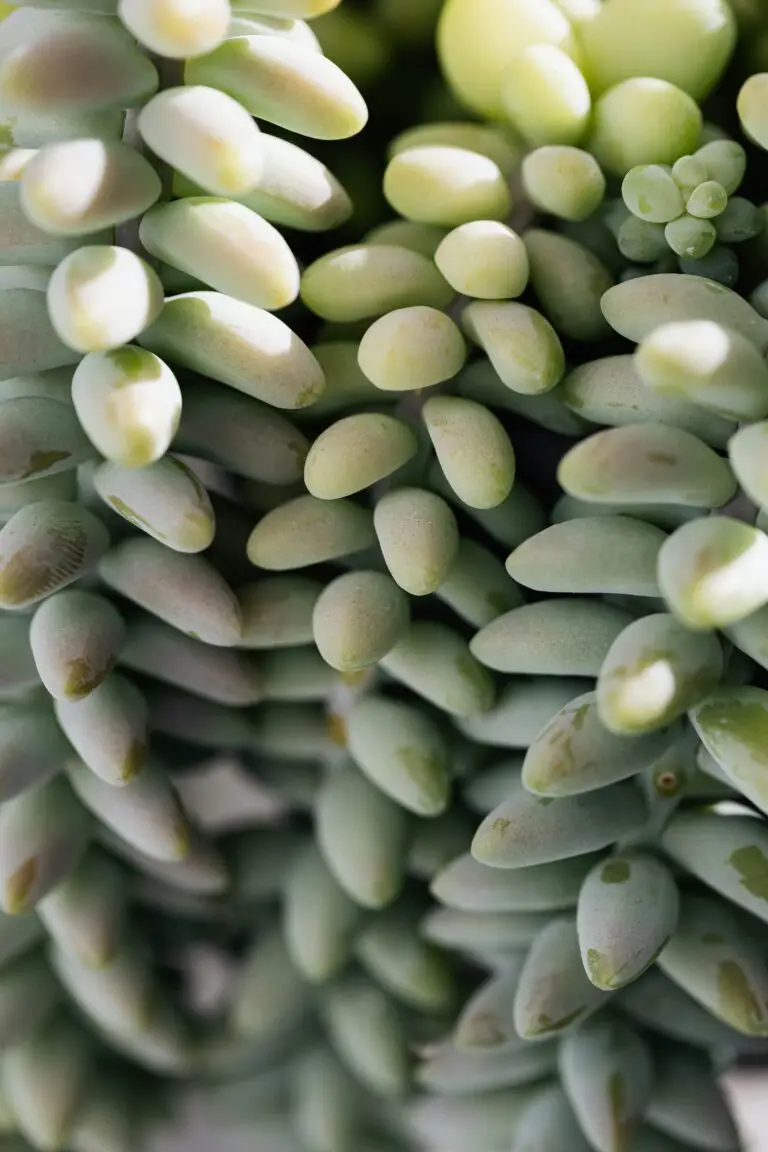Introduction
Welcome to the verdant world of sedums, the hardy inhabitants of many a gardener’s paradise! Their lush, low-maintenance crescendos of foliage and blooms have captivated the hearts of green thumbs across the globe. But beneath their charming exterior, lies a question that’s as perennial as their appeal: will sedum choke out other plants?
Let’s take a stroll through the enchanting dance of competition and camaraderie that unfolds in garden plots far and wide. Picture your garden as a stage, where each plant plays a role, and sedum often steals the spotlight with its vigorous growth. Yet, this robust performer can sometimes end up hogging the stage, leaving its less assertive neighbors with little room to showcase their splendor.
The benefits of planting sedum are undeniable — from their drought tolerance to their pollinator-friendly blooms, they’re the darlings of the eco-conscious gardener. However, striking a harmonious chord between sedum’s benefits and ensuring it doesn’t overshadow neighboring plants is akin to a delicate dance. For instance, think of the eager sedum ‘Autumn Joy’ as it eagerly spreads, its tight clusters of starry flowers may sometimes leave the delicate ferns and broadleaved heucheras in the shade.
For insights into creating a balanced ensemble in your garden, consider the myriad strategies for caring for garden plants, where sedum and its companions can thrive in mutual respect. It’s about setting the stage right — pairing sedum with plants that can hold their own, and learning the art of timely intervention with a gardener’s deft touch.
Embrace the beauty and the challenge of gardening with sedum. Let’s discover how to cultivate a space where every plant has the opportunity to flourish, with sedum taking its rightful place — not as a domineering force, but as a valuable member of a vibrant horticultural tapestry.
And if you’re hungry for more, dive into our video resource that offers succulent care tips for beginners and insights on how sedum coexists with its plant neighbors:
Understanding Sedum: Growth Habits and Varieties
Dive into the world of sedum, also known as stonecrop, by examining the different varieties and their respective growth patterns. Understand the traits that might contribute to sedum’s competitive nature.
Luscious and hardy, sedum plants come in a panoply of shapes, sizes, and colors. Whether it’s the robust ‘Autumn Joy’ bedecking your garden with its pink star-shaped blooms, or the delicate ‘Gold Moss’ sedum creeping between your garden path’s stones, each variety presents its own set of characteristics.
Some sedums spread quickly, flaunting their resilience and ability to thrive in less-than-ideal soil. They lay down a living carpet of color, which, in a real-life tale of the survival of the fittest, can sometimes overwhelm your more demure garden inhabitants if left unchecked.
Other varieties, though less expansive in their growth, may surprise you with the height they attain. Take ‘Matrona,’ for example, the statuesque variety that reaches skywards with thick, fleshy leaves, presenting a honeybee ballet as pollinators buzz from flower to flower.
Contemplating sedum’s growth habits provokes a central question: will sedum choke out other plants? The truth lies in the variety and the conditions provided. While some sedum types are content to fill in gaps, others may assert dominance, outcompeting their neighbors for sunlight and nutrients.
Being informed about the characteristics of your chosen sedum can help you balance growth in your garden. Spot what traits to look out for by visiting our extensive guide on garden maintenance tips and keep your green oasis in harmony.
It’s not just about growth; it’s about strategy. A strategically planted sedum can bolster the diversity in your garden without overshadowing its cohabitants. Position them at the garden’s edge or as spacing fillers; let them cascade from pots or anchor sloping beds. The possibilities are vibrant and varied, much like sedum itself.
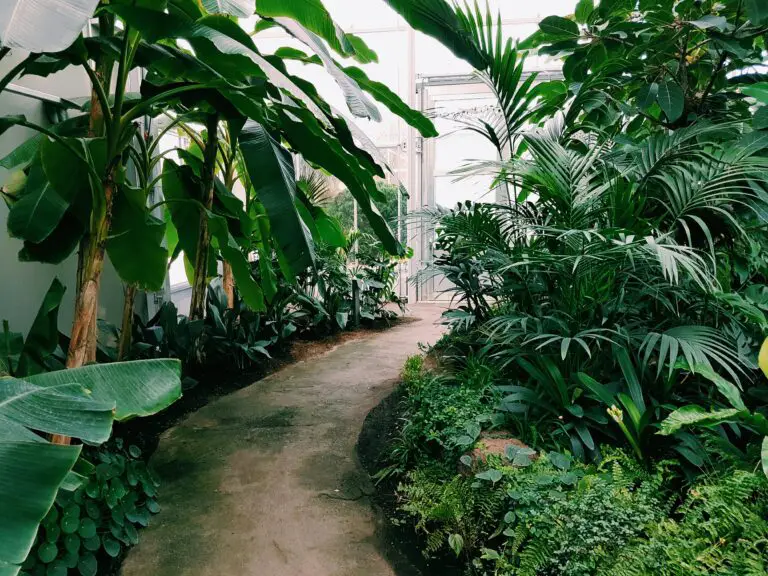
The Competitive Edge: How Sedum Spreads
Picture this: a tranquil garden, where each plant has its own spot under the sun. Now, enter Sedum—a succulent that’s as charming as it is assertive. But what happens when this friendly invader starts to mingle with your delicate perennials? It’s a battle of the roots, and sedum often comes out on top.
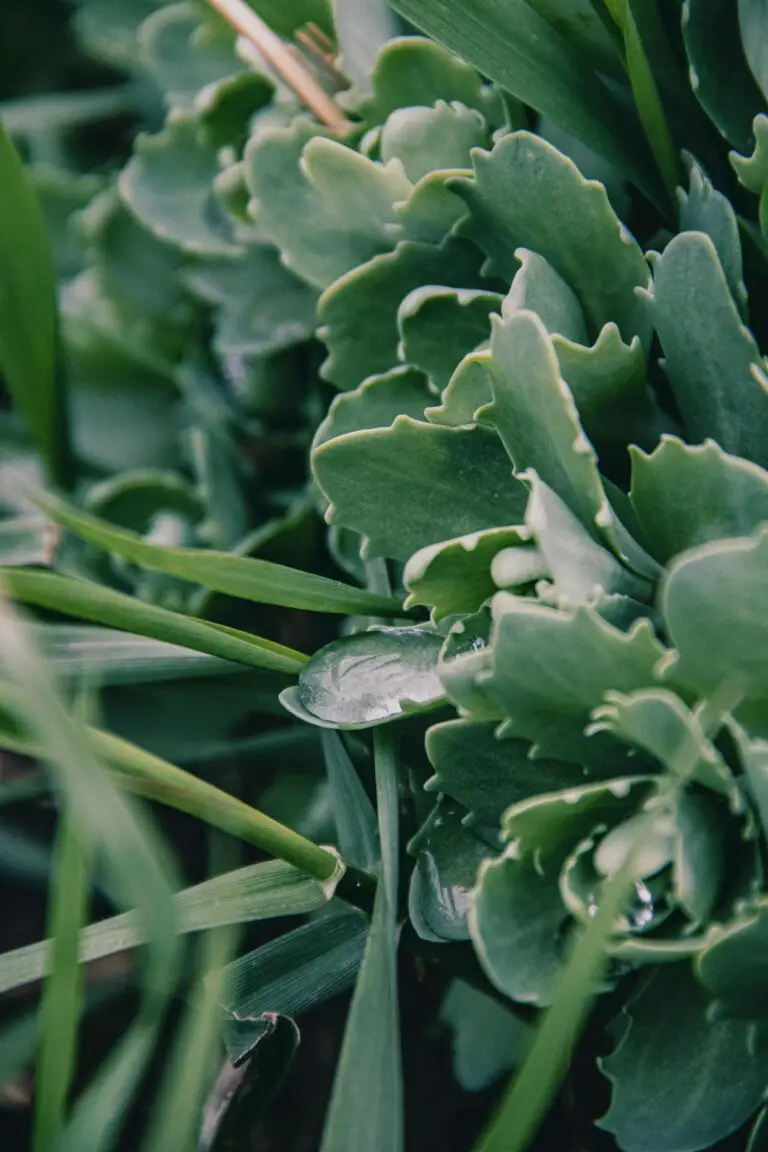
Sedum has an arsenal of tactics for spreading its empire. It’s not just the quick growth we see above ground; the real action happens in the soil. Those tiny, unassuming roots can travel and establish new territory with surprising speed. Let’s dive into the mechanisms that empower sedum to flourish, often at the expense of less aggressive neighbors.
Think of sedum’s leaves as little survival pods. Each leaf that falls has the potential to root and grow. If you’ve ever found a sedum plant sprouting in the most unexpected of places, now you know why. It’s sedum’s version of sending out scouts to establish new outposts for future growth.
Now, consider sedum’s resilience. This plant doesn’t just survive in a variety of conditions; it thrives. From the full sun to dappled shade, sedum adapts quickly, giving it a leg up in the competition for resources. While other garden plants may struggle to adjust to changing conditions, sedum marches on, claiming more territory with its adaptable nature.
Understanding these growth behaviors is key to maintaining a balanced garden. But don’t worry, there are strategies to keep your sedum in check and safeguard the harmony in your personal Eden. It’s all about managing that competitive edge that makes sedum a successful, if not somewhat overzealous, garden dweller.
Garden Dynamics: The Impact of Sedum on Neighboring Flora
Every plant in the garden has its own story and sedum is no exception. Often admired for its hardiness and vibrant colors, sedum, also known as stonecrop, can be something of a garden gladiator. It throws down its dense mat of leaves like a challenge, thriving where other plants might struggle. But does this resilience mean sedum will chuck out other plants and claim dominion over your flower beds?
Imagine a wrestling match between plants, with sedum as the plucky underdog that punches well above its weight. In the right conditions – which for sedum means plenty of sun and well-drained soil – this plant can spread enthusiastically, its succulent leaves forming an ever-expanding carpet. So what happens to the perennials nearby? Do they stand a chance against the green tide?

Real-life examples from gardeners show that sedum is not necessarily the villain in this botanical drama. Sure, it’s assertive, but it’s also a team player when positioned among compatible companions. Picture sedum and lavender, side by side, both basking in the sun, their contrasting textures creating a tapestry that’s both functional and ornamental. The key is balance and understanding which plants can hold their own in a tussle for territory.
Yet, without proper planning, our plucky sedum can steal the spotlight. In mixed beds, heavy-handed sedum varieties could overshadow more delicate neighbors, robbing them of sunlight and soil nutrients. It’s a garden soap opera where one plant’s success could mean another’s slow fade to obscurity.
As such, gardeners are the referees in this living arena. Monitoring growth patterns, assessing space requirements, and ensuring each plant has the exposure it needs – these are the moves that keep the garden a diverse and thriving ecosystem. When overseen with a discerning eye, sedum can enhance rather than overwhelm, contributing its robust character to a harmonious assembly of greenery.
So, will sedum choke out other plants? Not on our watch! With a sprinkling of foresight and a dash of garden wisdom, you can choreograph a verdant dance where sedum swings in rhythm with the rest of your garden’s cast. The result? A living mosaic where competition gives way to coexistence, and every plant gets its moment in the sun.
Preventative Measures: Controlling Sedum Growth
Imagine stepping into a garden where lush, vibrant sedum spills abundantly over the edges of pathways and mingles with the other plants. Sounds lovely, right? But without some strategy in play, these vigorous growers can transform from charming to troublesome, overwhelming their botanical neighbors. Fear not! By leveraging simple, yet effective techniques like spacing, barriers, and pruning, you can cultivate a balanced garden where sedum and its companions thrive in harmony.
First off, consider the power of proper spacing. Sedum may be friendly, but give it too much room, and it’ll take over the garden party. To keep things polite, plant sedum with enough space to support its growth while allowing its neighbors room to flourish. This doesn’t just apply to horizontal breathing room; think vertical, too. Layering plants of various heights can create a dynamic, three-dimensional landscape that supports a diverse ecosystem.
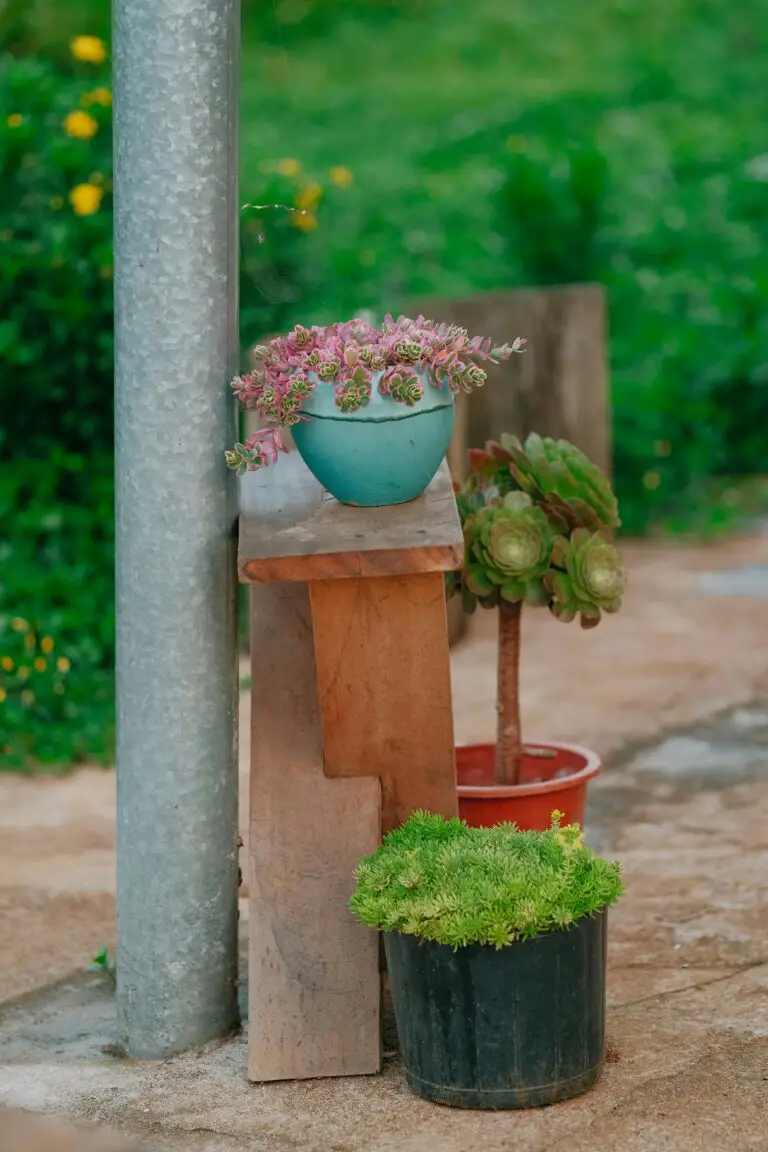
Next, let’s talk barriers. Just like setting boundaries in our personal lives, garden barriers can prevent overreach. Edging strips, buried deep enough, can keep your sedum’s roots from wandering into foreign territories. These can be discreetly tucked under the soil, acting like a fence that guides the growth of your garden citizens.
And then, there’s the art of pruning. Think of it as garden diplomacy, negotiating space between plants. Timely trimming not only reigns in those eager sedum shoots but also encourages the plant to grow fuller and healthier. Deadheading, the removal of spent flowers, makes a significant impact as well. It not only halts the sedum’s self-seeding tendencies but also diverts energy into strengthening the remaining plant.
By embracing these methods, you’ll ensure that your garden remains a serene refuge, not a battlefield for space. A well-managed sedum coexists, contributing to the garden’s aesthetic without encroaching on its neighbors. Just as with any good community, balance is essential, and with these preventative measures, your garden will display a symphony of controlled growth and natural beauty.
Companion Planting: Harmonious Pairings with Sedum
For those with a fondness for gardening, the robust and enchanting sedum species can be a real show-stopper in the landscape. But the question emerges: can these vigorous plants play well with others? Fear not, green-thumbed reader, for sedum’s vivacious nature doesn’t necessarily mean the end for its garden companions. Instead, it invites an opportunity for creating a garden that embodies both bountiful beauty and ecological balance.
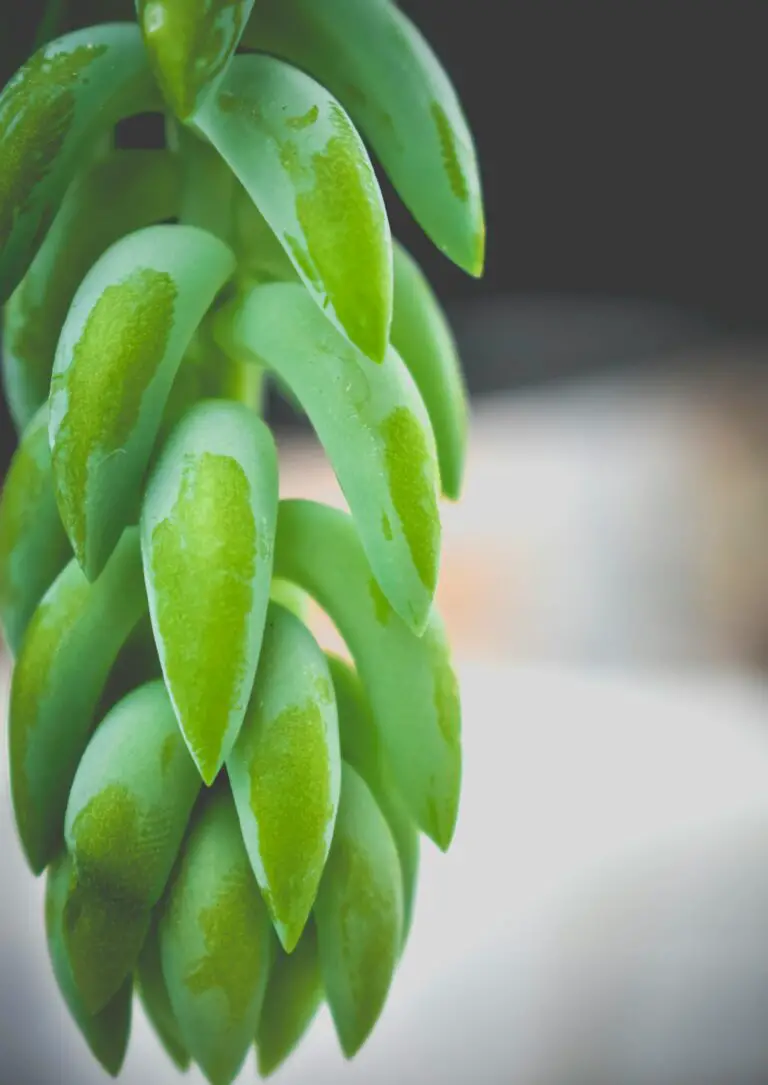
Firstly, let’s consider sedum’s traits. Hailing from a diverse genus, sedum can range from creeping groundcovers to upright clumping varieties. This adaptability means it can fit into many garden designs without overtaking the area. For example, the low-growing Sedum spurium thrives alongside the dainty bells of campanula; together they create a lush tapestry of textures and colors that’s not only a feast for the eyes but also a buffet for pollinators.
When eyeing potential companions, consider the lavender fields of Provence, where sedum ‘Autumn Joy’ holds its own alongside aromatic Lavandula. Both plants require similar sun and well-drained soil conditions, sharing space without one outcompeting the other. In this pairing, sedum’s domed flower heads complement lavender’s spiky blooms and preserve harmony in both growth and aesthetics.
Moreover, consider the allure of combining sedum with ornamental grasses. The structural finesse of grasses such as Miscanthus sinensis ‘Gracillimus’ creates an evocative contrast to sedum’s fleshy leaves. Both enjoy similar lighting conditions, and their contrasting forms prevent either from getting the upper hand, instead of offering mutual support through wind and weather.
Of course, careful consideration of spacing and cultural needs is key to maintaining this equilibrium. Integrating plant partners such as Echinacea purpurea (purple coneflower) or Rudbeckia fulgida (black-eyed Susan) with taller sedum varieties, like Sedum telephium, provides a visual cascade. These complementary companions, with their different but compatible growth habits, ensure one won’t silence the other’s spirit.
In conclusion, sedum doesn’t have to be a garden glutton. With a touch of design foresight and knowledge of plant kinships, your garden can be transformed into a haven of cohabitation. Sedum and its companions can then weave a vibrant tapestry, living out their days in cooperative splendor.
Responsible Cultivation: Avoiding Invasive Behavior
When it comes to gardening, sedums, also known as stonecrops, have been a favorite among green thumbs for their drought-resistant qualities and varied textures and colors. However, the gardening community is abuzz with a particularly pressing concern: will sedum choke out other plants? The question isn’t just about the survival of fellow flora, but also about the environmental harmony that can be disrupted by plant overgrowth. When sedum is left unchecked, it can indeed spread vigorously, potentially hindering biodiversity by overshadowing less assertive species.
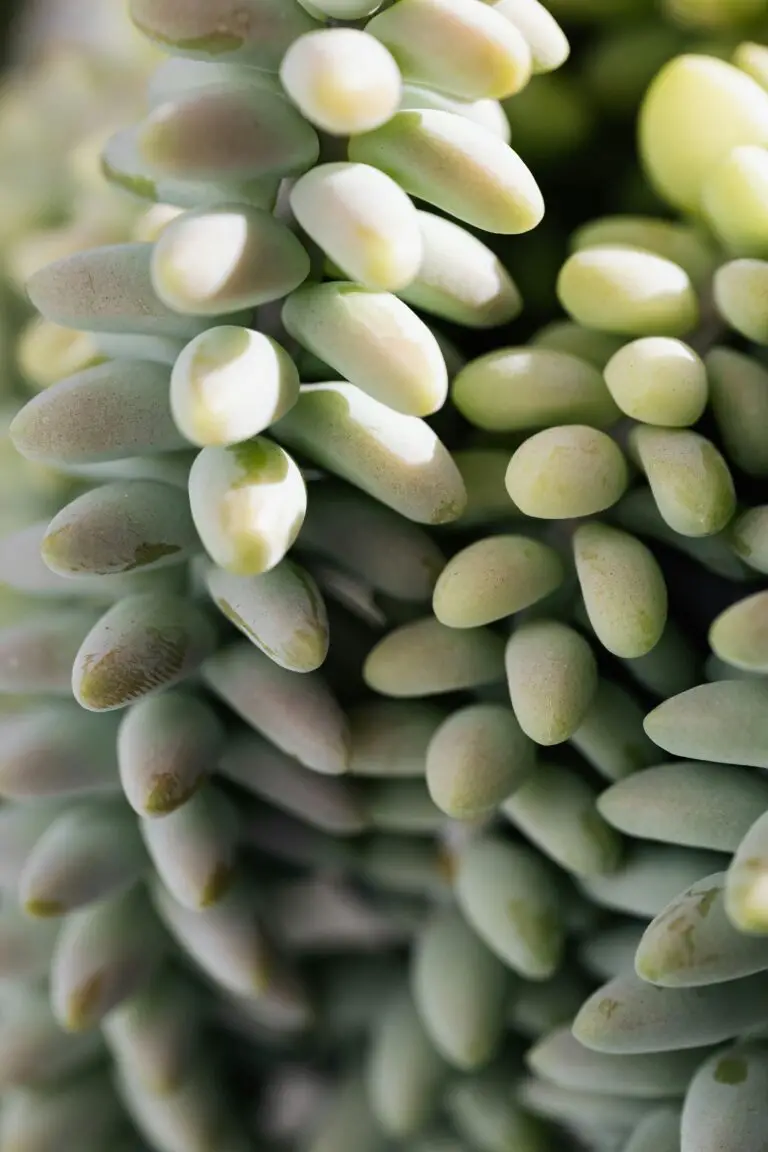
Take, for example, the enthusiastic gardener Amelia, who adoringly populated her rock garden with sedum. She soon observed that the sedum spread like a green carpet, leaving little room for the vibrant native wildflowers she also cherished. Amelia’s experience serves as a real-life illustration of sedum’s robust nature.
In addressing this, it’s critical for gardeners to exercise responsible cultivation practices. A solution can be as straightforward as creating physical barriers to compartmentalize growth or as diligent as frequent pruning to manage spread. These methods help maintain the aesthetic charm of sedums while respecting the ecological balance of the garden space.
Another strategy involves placing sedum alongside plants that can hold their own in a shared space. Companion planting with species that have complementary growth patterns minimizes the risk of any one plant becoming too dominant. For instance, ornamental grasses can provide an upright contrast to sedum’s trailing habit, allowing both to coexist peacefully.
Ultimately, the answer to whether sedum will overrun your garden lies in the practices you adopt. By monitoring growth, setting boundaries, and choosing the right plant neighbors, you can ensure that sedum adds beauty to your garden without becoming an invasive threat. The secret to a thriving, diverse garden is not just in choosing the right plants but also in nurturing them with foresight and care.
Beyond the Garden: Sedum in Natural Ecosystems
When it comes to sedum, a common question gardeners grapple with is: will sedum choke out other plants? To find the answer, it’s worth exploring beyond our garden borders and into the realms where sedum thrives with little human intervention. In natural ecosystems, sedum’s role is as multifaceted as the diverse environments it occupies.
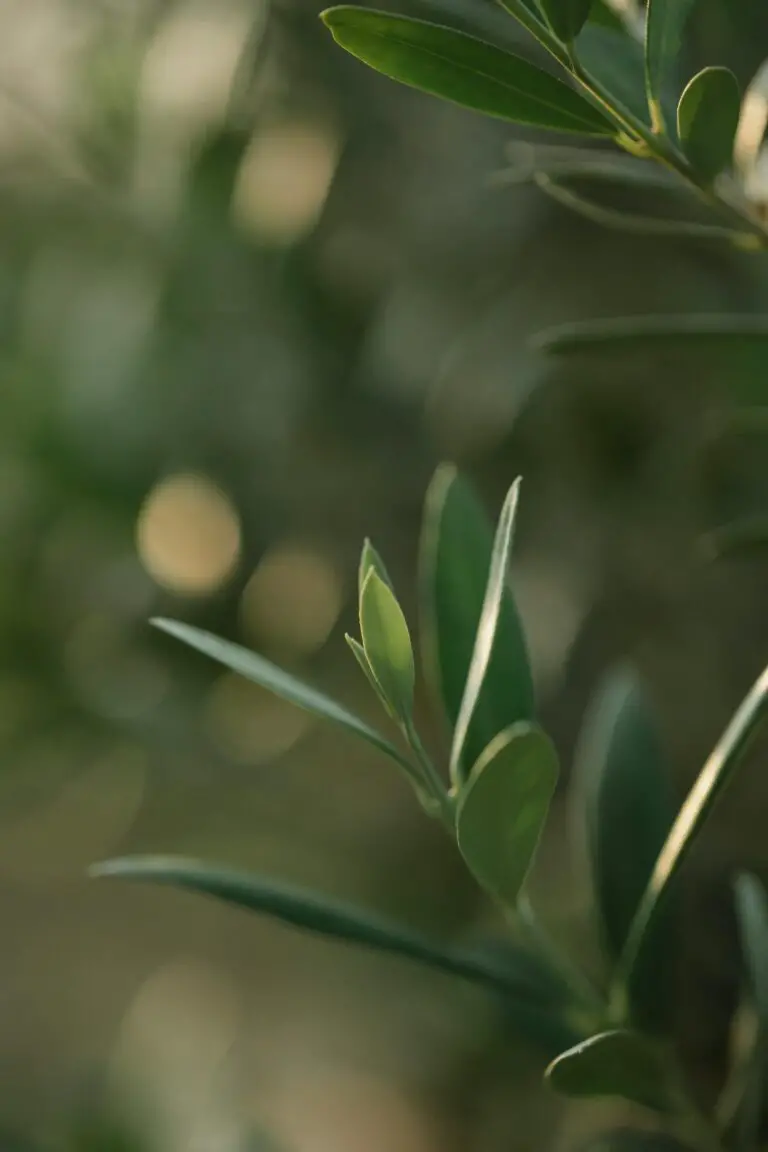
Briskly growing on rocky outcrops and effortlessly cascading down hillsides, sedum’s survival skills are nothing short of impressive. Often considered nature’s top-tier opportunists, these resilient succulents make the most out of scarce resources. Yet, this vigor raises concerns about its potentially invasive characteristics when left unchecked.
From Opportunistic to Invasive?
In the right environment, a sedum plant can become a powerful presence, spreading across vast areas due to its hardy nature and ability to propagate from even the smallest fragments. This voracious vigor, lovely as it may seem, begs the question whether sedum could outcompete native flora and tip the ecological balance. For example, in areas where it is not native, sedum has the potential to overpower local species, commandeering space and resources and thereby altering habitat structures.
The Sedum Symphony with Native Plant Communities
Let’s not paint this plant as the big bad wolf of the plant world just yet. The interaction between sedum and native plant communities can be harmonious if managed with ecological mindfulness. In many regions, sedum species coexist with local flora, contributing to biodiversity and even serving as vital food sources for pollinators. Nonetheless, the potential for sedum to dominate should not be underestimated, especially in regions where the local ecosystem is already compromised or where sedum could introduce unfamiliar competition.
Ultimately, understanding the delicate dance between sedum and its neighboring plants is crucial for preserving biodiversity. In natural ecosystems, as in gardens, balance is key. Knowing when and where sedum can harmoniously integrate or where it might muscle out other plants is essential for any steward of the land. It’s about fostering diversity and respecting the intricate web of life in which sedum plays just one part — albeit a very leafy and sometimes overzealous one.
Frequently Asked Questions
Whether you’re a gardening novice or a seasoned green thumb, sedum (or stonecrop) may have caught your eye for its hardiness and vibrant colors. But as with any plant, it’s crucial to understand its behavior and how it interacts with its neighbors. Let’s dig into some of the most common inquiries gardeners have about this succulent beauty.
Does Sedum Pose a Threat to Other Plants in My Garden?
Like an ambitious entrepreneur in a competitive market, sedum plants are known for their robust growth and ability to thrive in tough conditions. In the garden equivalent of a bustling city hub, sedum plants can indeed become the dominant force, especially among less aggressive companions. Picture this: you’ve planted a serene garden with various flora and you introduce sedum. Before you know it, the sedum is expanding like a successful chain of coffee shops, popping up in spots once held by delicate wildflowers.
Can Sedum Grow in Harmony with Its Garden Neighbors?
Certainly! With a little garden diplomacy and strategic planning, sedum can coexist peacefully with other plants. By establishing clear boundaries, akin to a well-designed urban park, you can allow spaces for both sedum and its companions. This means setting up garden ‘districts’ where sedum can spread without crowding out its botanical peers—think of it as zoning for plant life.
What Strategies Can I Use to Manage Sedum’s Growth?
Manage sedum like a savvy city planner would manage urban sprawl. Regular maintenance is key. Trimming and dividing sedum plants helps contain their enthusiasm, akin to directing foot traffic along desired paths. Companion planting with equally robust neighbors can provide checks and balances, encouraging a garden culture where all can prosper.
So will sedum choke out other plants? It has the potential, but with thoughtful oversight, your garden can be a thriving ecosystem where sedum adds charm without overpowering. It’s the botanical balance of competition and cooperation that yields a dynamic, beautiful garden landscape. Do you see your garden as a community? If so, sedum can be a vibrant member with just a bit of guidance.
